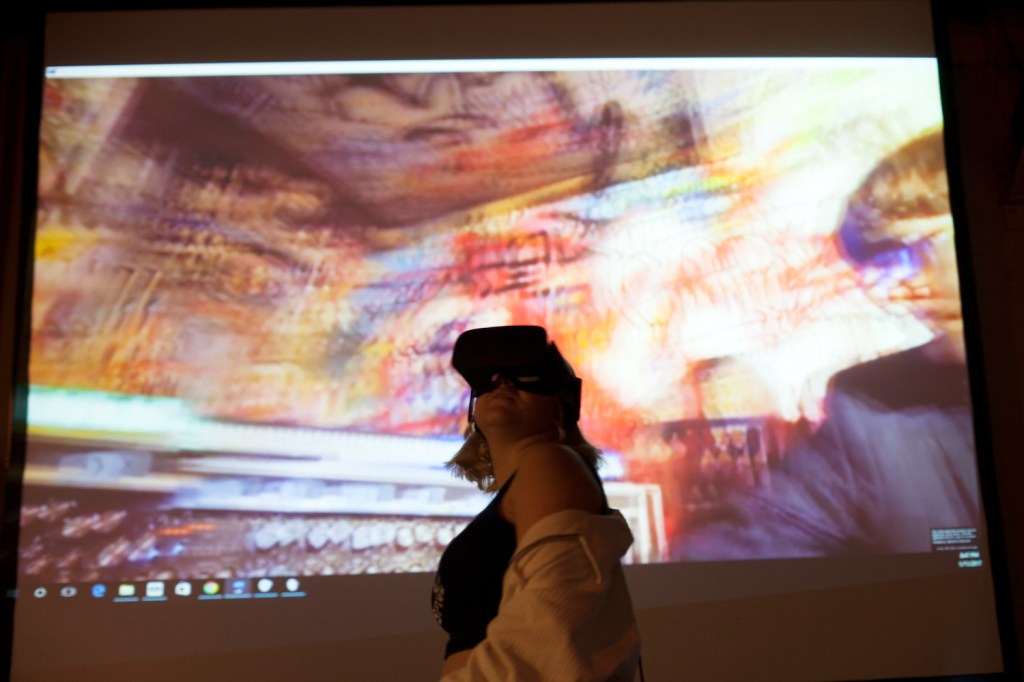2016 wasn’t quite The Year of Virtual Reality despite what the starry-eyed press mused. It was, perhaps, more the year of taking photos of bewildered people wearing headsets and making asses out of themselves. VR promos nearly vibrate off the screen with the sheer force of their earnest aspiration, leveraging your desperation for a more meaningful digital experience with enough buzzwords to get any tech blog editor rock hard in seconds. Ads tend to show excited newcomers donning headsets and generally losing their shit while their friends stare at them bemusedly. This actually demonstrates one of the inherent weaknesses of the VR format right now: we haven’t quite figured out how to make it a social experience. Beyond providing fodder for Snapchat, what form is VR really going to take as it wriggles further into our daily lives?
VR has the potential to be a game-changing tool for expression and communication. But it is also part of a self-inflating hype cycle of emergent tech tools that require enough people to buy into the developers’ (and investors’) vision of the future. It is therefore the solemn duty of digital artists like myself to wade through the bullshit, and determine VR’s actual capacity to be a revolutionary creative medium—along with the hurdles in the way of implementing those lofty ideas.
Read more on THUMP
Most VR Is Silly, but It Could Transform How Our Bodies Interact with Music




